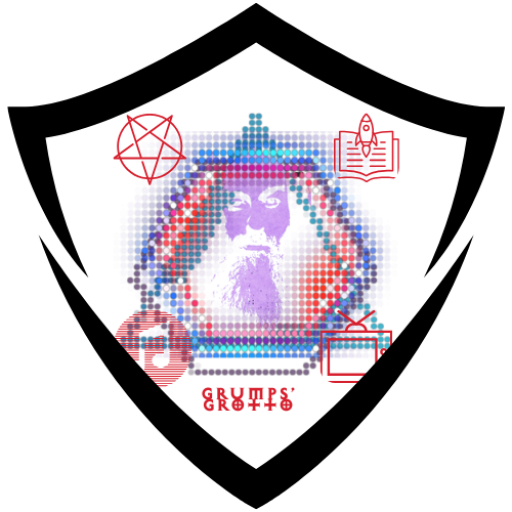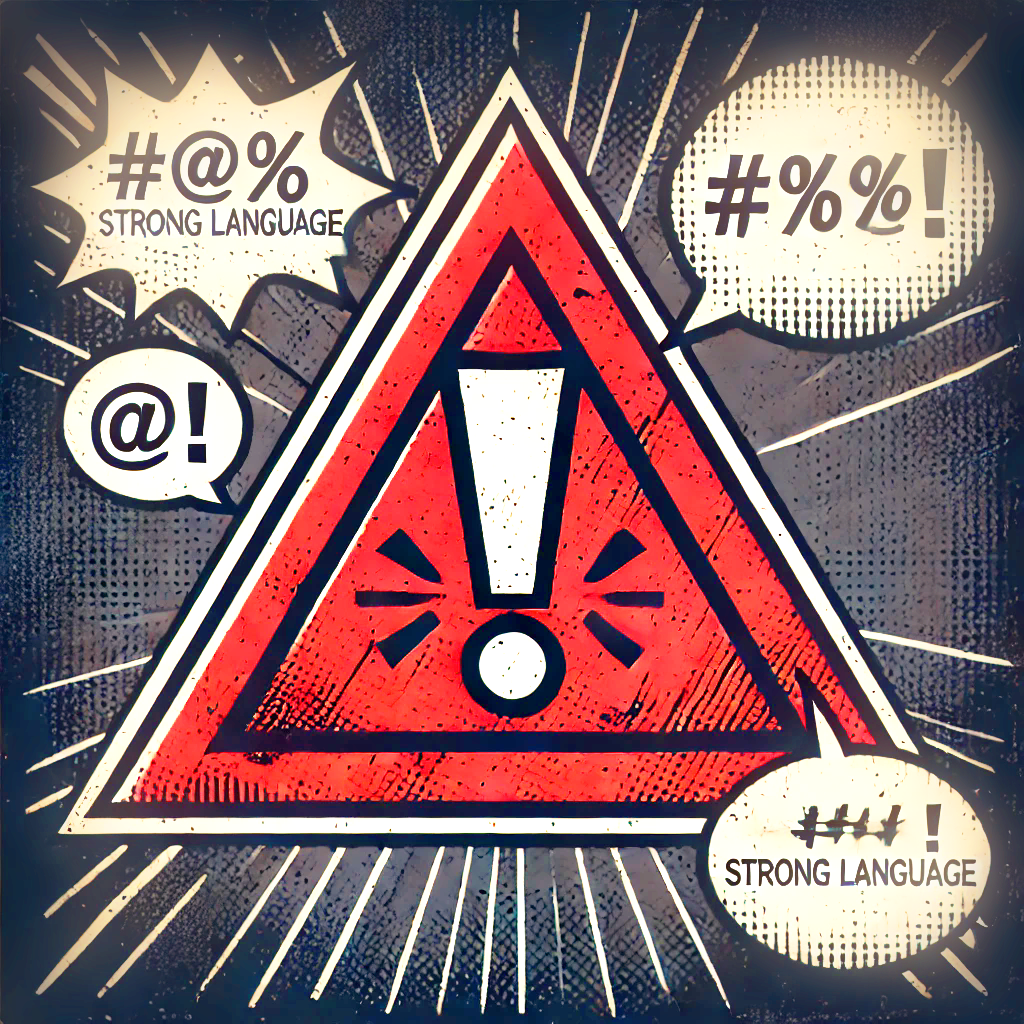Ah, Halloween! That delightful time of year when supermarket shelves burst with candy corn, the scent of pumpkin spice fills the air (with maybe just a whiff of dry ice), and even the most level-headed among us can’t resist the urge to slip into a superhero cape or a witch’s hat. But in the middle of all the sugary treats and spooky decor, have you ever wondered where this beloved holiday really comes from?
As someone who used to be a man of the cloth (though these days, more of a man with a curious mind), I’m endlessly fascinated by the history behind our modern-day celebrations. And let me tell you, Halloween’s story is way more intriguing than your average horror movie marathon. It’s a centuries-old tale, full of twists and turns, blending pagan rituals with Christian customs, until we end up with the costumed, candy-filled extravaganza we know today.
So, let’s fire up the Wayback Machine and travel back to the days of the ancient Celts, about 2,000 years ago. Picture a world without smartphones, electric lights, or a 24-hour news cycle. Life moved with the rhythms of nature—when the sun set, it wasn’t just the end of the day, but a plunge into shadows and uncertainty. For the Celts, who lived in what we now call Ireland, the UK, and parts of France, November 1st was a significant day. It was their New Year’s Day, marking the close of summer, the end of the harvest, and the start of the dark, cold winter months.
This is where things get a little spooky. The Celts believed that on the night before their new year—October 31st—the boundary between the living and the dead became… well, let’s just say a bit “blurred.” It was like the universe’s door swung open, and spirits could wander freely among the living. Imagine ghostly rush hour, with spirits stopping by to check in, perhaps finishing some unresolved business from their former lives.
Of course, this wasn’t always welcome. While some spirits might be friendly (maybe a long-lost relative swinging by for a sip of mead), others were less so. Think grumpy ghosts, mischievous imps, or even malevolent entities with grudges to settle.
So what did the Celts do? The only logical thing—they threw a party! This wasn’t just your typical bash, though. This was Samhain (pronounced “sow-in”), a festival designed to pacify those roaming spirits. Bonfires blazed, casting eerie shadows over costumed figures dressed in animal skins and ghoulish masks. Offerings were made to keep the spirits happy, hoping for a smooth transition into the new year without too much ghostly drama.
Fast forward a few centuries, and along comes the Roman Empire, bringing its own customs to the Celtic lands. Their festivals honoring the dead and celebrating the harvest goddess Pomona merged with Samhain. Then, Christianity arrived on the scene, spreading its message of salvation and eternal life.
In a clever bit of religious adaptation, Pope Gregory III declared November 1st as All Saints’ Day in the 8th century, a day to honor saints both known and unknown. The night before became All Hallows’ Eve, which, over time, morphed into the Halloween we know today. This was a strategic move—one way to absorb pagan traditions into the Christian calendar, offering a more palatable alternative to the old ways.
Over the centuries, Halloween kept evolving. The fear of malicious spirits faded, replaced by a playful embrace of the spooky and the strange. Costumes stopped being about scaring off evil and became more about creativity (although, I’d still advise against cutting eyeholes in a bed sheet). Carving turnips into lanterns—a practice that took a lot of effort—gave way to the more convenient pumpkin. And trick-or-treating? That’s a whole different tale, with roots in medieval “souling” and a healthy dash of American ingenuity.
So, the next time you’re carving a pumpkin, binge-watching horror flicks, or prowling the neighborhood in search of candy, take a moment to think about those ancient Celts and their belief in a thin veil between worlds. It adds a fascinating layer to the Halloween fun—a reminder that this holiday isn’t just about candy and costumes. It’s woven from ancient customs, cultural shifts, and an enduring human curiosity about what might lie beyond the veil.
And who knows, maybe as you grab that candy corn, there’s a spirit watching from afar, pleased that you’re keeping the old traditions alive—albeit in a much more commercial, less terrifying way. They might be a little disappointed, though, that you’re not offering them any treats. After all, sharing is caring, even for ghosts!
Retired Anglican Minister & Resident Mythbuster. John shares unconventional views on theology, challenging traditional Christian beliefs and advocating for a return to the teachings of Jesus and the ideals of the early Church of Jerusalem. His thought-provoking perspectives often spark discussions and controversies.




Leave a Reply